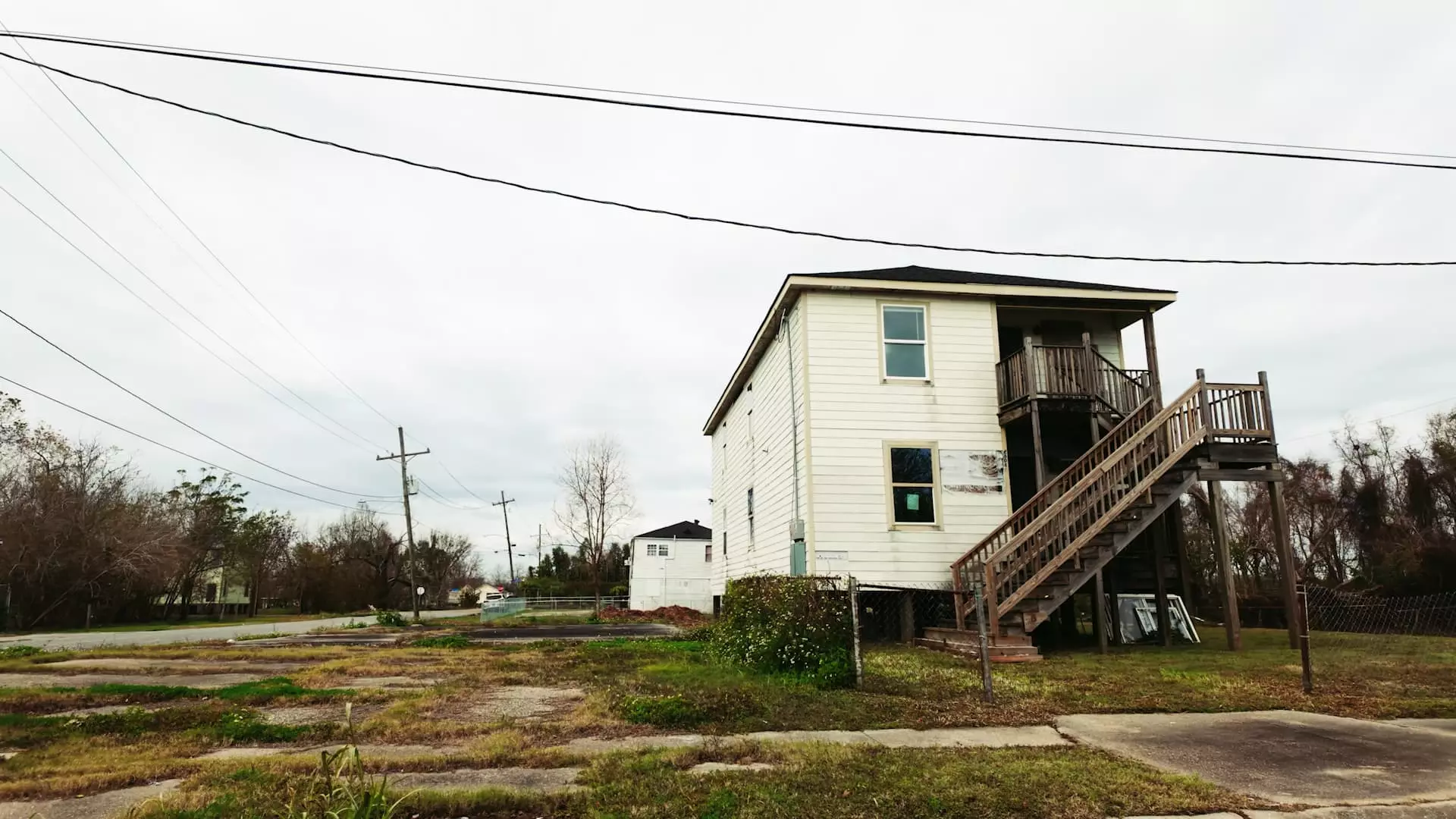New Orleans, a city known for its vibrant culture and unique resilience, continues to grapple with the long-term ramifications of Hurricane Katrina, which struck in 2005. This devastating storm dramatically reshaped the landscape of the city and left an indelible mark on its infrastructure and its residents. Though recovery efforts have progressed, the hurdles remain substantial as the city attempts to rebuild both physically and economically.
Hurricane Katrina stands as a stark reminder of nature’s fury, flooding vast swaths of New Orleans and claiming the lives of over 1,800 individuals. The financial toll was staggering, with estimates suggesting damages exceeded $201 billion, making it the costliest tropical cyclone in the history of the United States. The sheer scale of destruction prompted an exodus, as nearly a quarter of the city’s housing stock lay abandoned in the aftermath. This abandonment not only created a housing crisis but also signaled a demographic shift that would complicate recovery efforts for years.
The Lower Ninth Ward, one of the city’s most severely affected neighborhoods, exemplifies this struggle. A mere one-third of its former residents have returned, illustrating the social scars left by the disaster. Calvin Alexander, a longtime advocate for his community, reported astronomical increases in property values due to a surge in demand for real estate in higher ground areas. The disparity between the haves and have-nots became all the more apparent as property values soared, yet many displaced residents had limited means to participate in this recovery.
The federal and state governments initiated the Road Home Program, allocating over $9 billion to assist homeowners in rebuilding. While the intent was to facilitate recovery, critiques of the program abound. Laura Paul, executive director of the nonprofit lowernine.org, revealed deep flaws in the compensation process. By relying on pre-storm property values rather than actual damage assessments, many low-income residents found themselves inadequately compensated. The failure to address the reality of property destruction has left a legacy of inequality that undermines the city’s recovery.
Current socioeconomic conditions in New Orleans show a troubling trend: lower household incomes and higher poverty rates than the national average. This persistent financial strain on residents perpetuates a cyclical pattern of vulnerability and instability. The risk highlighted by the growing disparity is further compounded by the rising costs of insurance, which the Treasury Department has pointed out are becoming prohibitive in disaster-prone areas.
On a broader scale, significant investments have been directed towards repairing and enhancing the city’s infrastructure. Initiatives include rebuilding drainage canals, water pumping stations, and levees, costing approximately $15 billion. These projects aim to mitigate future storm damage, yet they are not without contradictions. Some experts argue that such engineering solutions may inadvertently contribute to land subsidence, another pressing issue for coastal regions.
Despite the complexities associated with these improvements, city officials argue for their economic merit. Glenn Ledet, executive director of the Coastal Protection and Restoration Authority, claims that for every dollar invested in hurricane protection systems, the state realizes roughly $7 in benefits. This illustrates a larger narrative: the dual necessity of safeguarding lives and fostering economic resilience.
As New Orleans looks to the future, the path toward resilience involves addressing gaps left by past recovery programs and investing in equitable solutions for all citizens. State officials have proposed elevating thousands of homes and investing substantial sums over the next half-century to ensure that protective measures remain robust. The crux of their approach emphasizes not merely surviving the next storm but transforming the city into a more sustainable and equitable environment.
The enduring spirit of New Orleans is palpable in the cultural circles and neighborhoods that continue to thrive, yet the fight for equality and resilience persists. As the city navigates its complex web of recovery, it must prioritize the voices of those who have yet to return home and ensure that redevelopment benefits the entire community, not just a select few. The resilience of New Orleans is boundless, yet its recovery narrative must be rewritten, taking into account all individuals drawn into its rich tapestry. This comprehensive approach is crucial to fortifying the city against the inevitable storms of the future.

